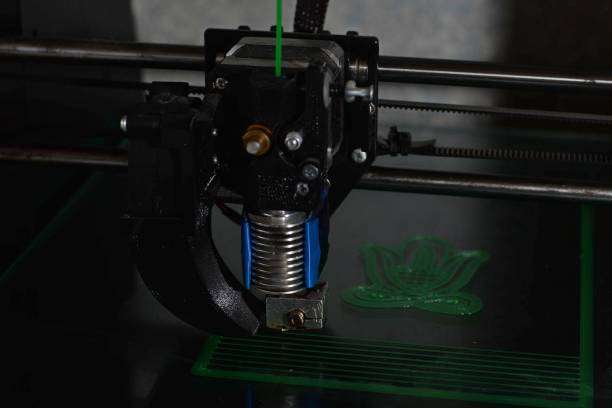Description
In this article, we will be discussing the process of 3D embroidery digitizing along with its required steps. We will also brief on embroidery digitizing company and services that we provide.
3D Embroidery Digitizing
The creation of three-dimensional embroidered designs can be accomplished through a method known as “3d embroidery digitizing.” This method works wonderfully for creating intricate graphics such as logos, patches, and more. You will not be able to accomplish the incredible outcomes that are attainable with 3d embroidery digitizing using more conventional embroidery techniques.
The groundbreaking process of creating very realistic embroidered digitizing from 2D formats using 3D puff embroidery digitizing is known as “3D puff embroidery digitizing.” The process of digitizing your embroidered design using 3D puff embroidery is an excellent approach to generate a color boost and add textures to your design. You may produce 3D effects with this embroidery digitizing without having to use any of the 3D equipment; all you need is the embroidery digitizing program, your imagination, and a little bit of creativity.
A Step-by-Step Guide to Embroidering 3D Puff Foam
- Run the usual embroidered elements first. When working with “foam” patterns, it is imperative that you run the regular embroidered elements first; this is something that is taken into consideration during the design process for all Embroidery Legacy designs.
- Put the machine in the stop position. When you have finished with the standard embroidery colors, your color information sheet will give you a suggested thread color and say the word “foam” following it. Once you have reached this new hue, the design should advance such that it is at the top of the design, and you should stop your machine.
- Position the foam – At this stage, you will position the foam so that it fits within the regions that will be embroidered. (Whenever it is possible, make an effort to utilize thread and foam of the same color).
- Sew the “tack-down” stitches – The “tack-down” stitches are the initial stitches that are set down, and they are used to secure the foam to the cloth.
- Continue stitching. After that, the design will go on to finishing up all of the foam places that need to be done.
- Take off the foam: At this point, you’re ready to pull the foam off; with designs that have been scanned correctly, it should come off effortlessly.
- Done! –You are now proficient in the art of foam embroidery.
Techniques for Digitizing 3D Embroidery
- When it comes to 3D fluff, digitizing the artwork is the most important component; nevertheless, if this step is skipped or done incorrectly, your design may end up looking terrible. In this scenario, we recommend employing the services of both an experienced digitizer and dependable software for the digitization process.
- Learn how to generate stops at a variety of locations while you are working on your art. For example, you believed that you would be able to stop after noticing a shift in color.
- Put the foam there, and then tape it down to keep it in place. Once the initial stitch, there is no longer any need to worry about the artwork moving once it has been stitched.
- The borders should be created first, followed by the stain stitching. This border helps to produce a “cut” in the foam, which makes it easier for you to remove it from the container.
- In order to get rid of the excess foam, you must first stop the machine.
- After finishing the rest of the artwork, you should then cover the region that is puffy.
- Nippers should be used to clean up the badly sewed product, and a heat gun should be used to contract any excess foam.
3D Embroidery Foam
A piece of foam is placed beneath the needlework when the 3D embroidery digitization technique is used. This gives the needlework the impression of being lifted or in 3D. In order to cater to your specific requirements, we have a broad selection of foam products ranging in thickness. We have you covered whether you require foam that is 2 millimeters, 3 millimeters, or 4 millimeters thick. To assure both the product’s longevity and its level of comfort, we only utilize the very best materials.
It provides me with the high loft I require as well as the highest results, and my customers have been satisfied with it throughout the years. In addition, it is recommended that you select the color of the foam to correspond with the color of the thread. Make an effort to use the tint of the hue that is closest to it, even though this isn’t always possible.
Conclusion
When it comes to using puffy embroidery foam, you have a number of different alternatives available to you. By incorporating the puffy embroidered foam that is benign three-dimensional into your design, you may give the appearance that there is more depth. In addition, keep in mind that if you utilize patterns for 3D embroidery digitizing, you should always select a design that has been digitized specifically for this usage. This will ensure that there are no safety issues for either your machine or the clothes you are working on.
After reading this article and gaining knowledge about 3D puff embroidery digitizing, I hope you are pleased with what you have learned and that you are extremely excited to make use of our services. You have sufficient knowledge about embroidery digitizing based on this information. Please get in touch with us if you require any information regarding the 3D puffy embroidery service or any other embroidery service and if you are interested in acquiring our services. We do, and our embroidery services are available whenever you need them, seven days a week, 24 hours a day.

